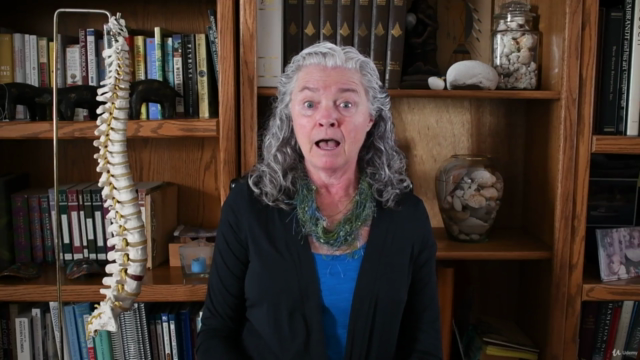Exposing Spinal Pain Imposters: Differential Diagnosis Spine
An Evidence Based Approach
4.63 (8 reviews)

36
students
5 hours
content
Nov 2024
last update
$69.99
regular price
What you will learn
This seminar will give the student a concise but extensive program on the serious pathologies that may cause referral to the spine and cranium.
Learn the signs and symptoms of serious pathology
Learn specific Clinical Prediction Rules and specific examination procedures that are confirmed by research.
Learn to differentiate signs and symptoms of musculoskeletal problems from serious insidious diseases.
Learn specific regional diseases that can refer to the spine.
Screenshots




Related Topics
1976992
udemy ID
10/19/2018
course created date
4/14/2020
course indexed date
Bot
course submited by